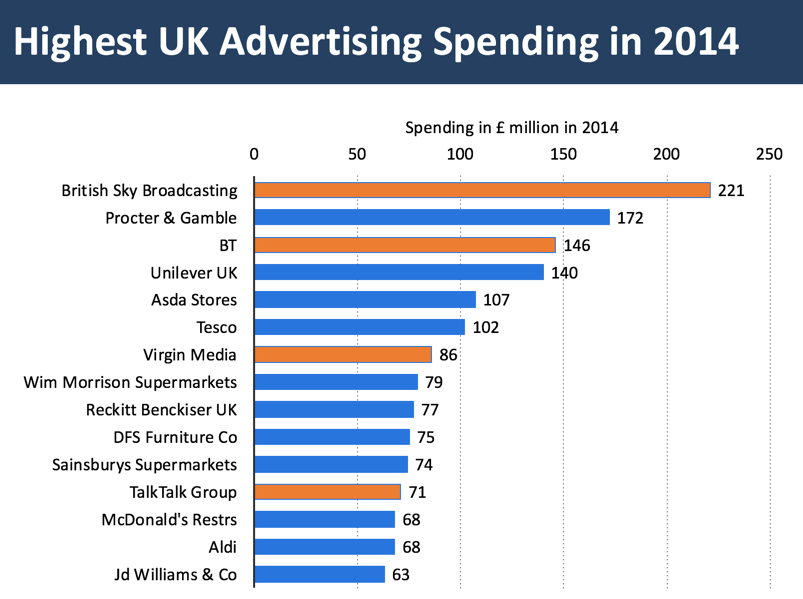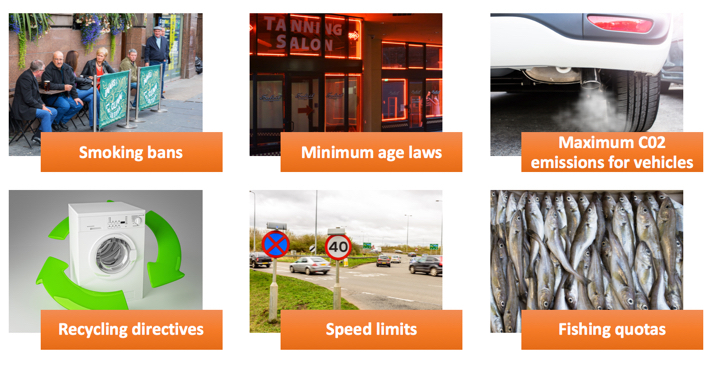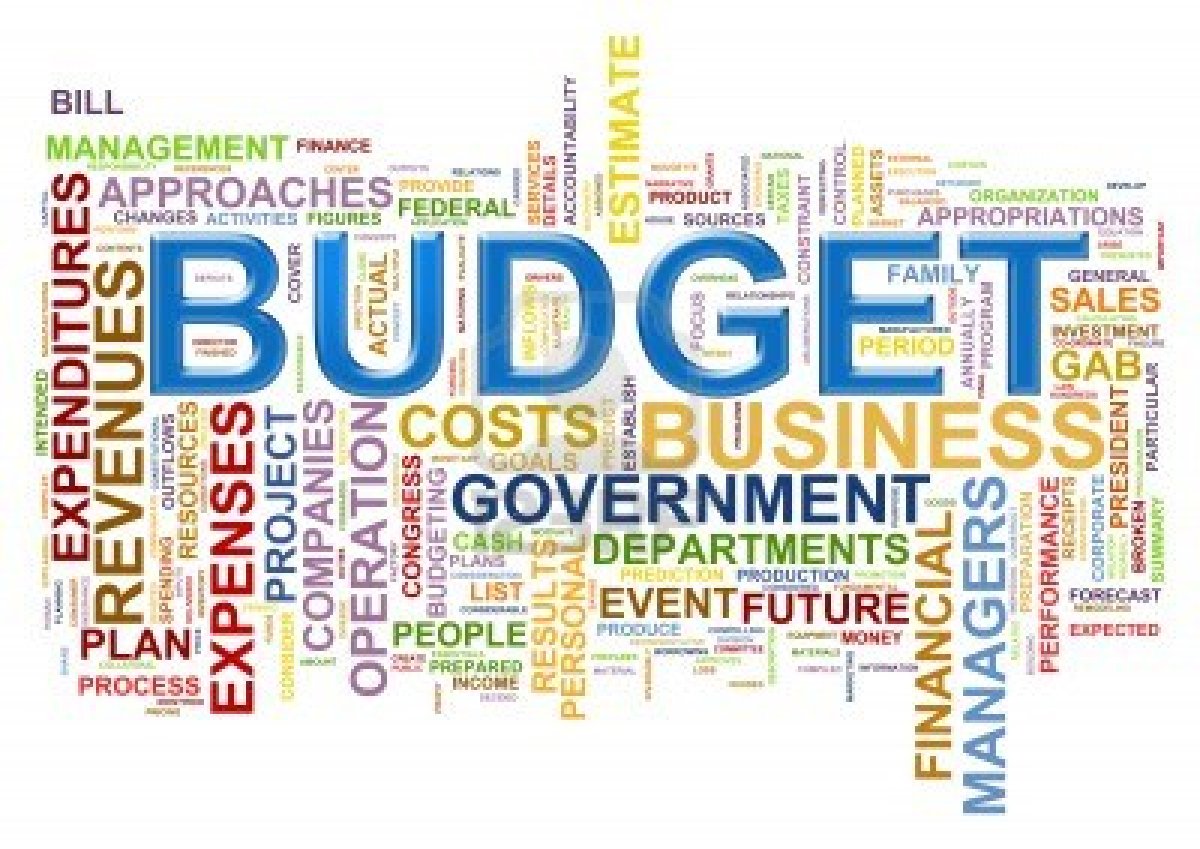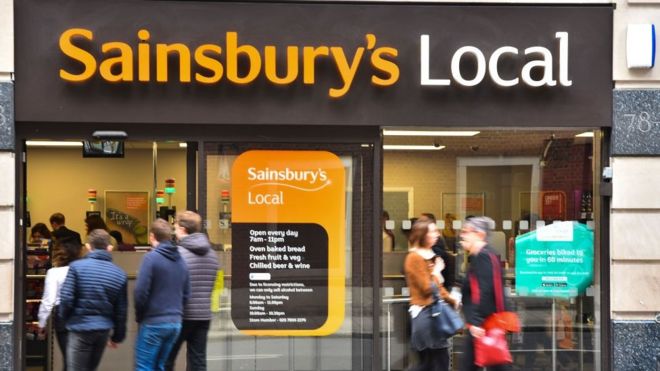Behavioural theories of the firm consider alternatives to profit maximisation as a business objective.
Behavioural economists believe that large businesses are complex organisations made up of many different stakeholders.
Stakeholders are groups made up of people who each have a vested interest in the activity of a business. Examples include:
- Managers employed by a business and other employees
- Shareholders are people who have a stake in a business
- Customers
- The government and its agencies
Each group of stakeholders will have different objectives or goals.
The dominant group at any moment can focus on their own objectives. For example price and output decisions may be taken at a local level by managers, with shareholders taking only a distant view of the company's performance and strategy.
Examples of alternatives to profit maximisation
Satisficing behaviour
This happens when businesses aim for minimum acceptable levels of achievement in terms of revenue and profit.
Sales (output) maximisation
Selling as much as you can without making a loss. At sales maximisation there are normal profits or no supernormal profits.
Sales (revenue) maximisation
The objective of maximising sales revenue rather than profits was developed by economist William Baumol whose work focused on the behaviour of manager-controlled businesses.
- Annual salaries and perks are linked to sales revenue rather than profits
- Companies geared towards maximising revenue are likely to make frequent use of price discrimination to extract extra revenue and marginal profit from consumers
- A business might also aim to maximise sales revenue rather than profits because it wishes to deter the entry of new firms
- If a firm decides to aim to maximise sales revenue rather than profits, one of the consequences might be a reduction in the price of the firm's shares since the rate of profit is likely to be lower
Managerial Satisfaction Model
If a firm's managers are looking to maximise revenue rather than profit, this will lead to a different price and output combination.
Assuming that the firm's costs remain the same, a firm will choose a lower price and supply a higher output when sales revenue maximisation is the main objective.
Consumer surplus is higher with sales revenue maximisation because output is higher and price is lower. Producer surplus is greater when profits are maximised.













